From Industry Leader to Practitioner: QCT GM Joins Agile Workshop
WNC is the foremost global leader in the wireless communication industry, since its establishment in 1996, WNC has been dedicated to the design, research, and manufacturing of wireless communication products, gradually expanding into the automotive, mobile, home, and enterprise sectors. In a fiercely competitive market, agile product management enhances a company’s flexibility and competitiveness in product development. This time, I personally invited Dr. Gao Jianrong, CEO of WNC, to participate in the Agile Workshop I organized. To my surprise, he agreed and fully engaged in the event.
To maximize the workshop’s impact, I divided the participants into cross-functional teams, fostering diverse collaboration that encouraged creativity and synergy. Initially, the participants were skeptical about the applicability of Scrum framework to hardware development. I asked them how they could use Scrum to build a fighter jet within a month when it typically takes ten years. They attempted to answer, but none were correct. I introduced the participants to the case study of how Saab Corporation successfully extended Scrum from software development to the entire company.
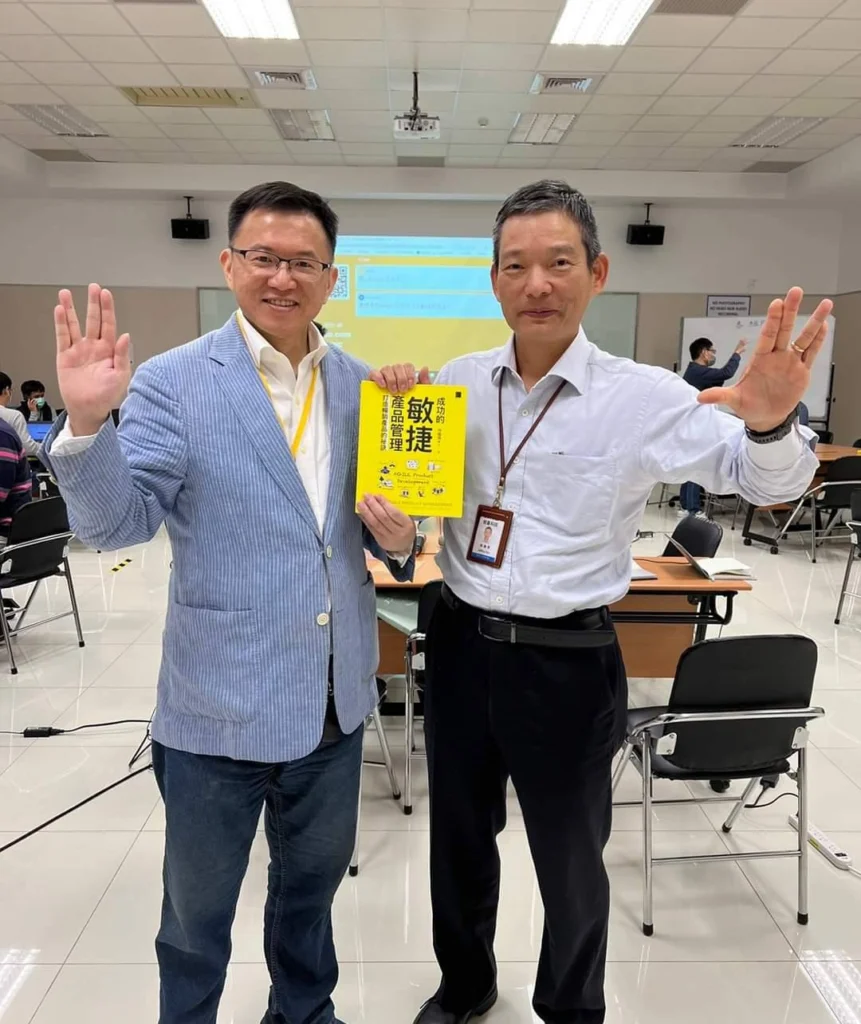
The Saab Inspiration: How Agile Development Redefines Product Competitiveness from Fighter Jets to Wireless Communication
Saab Corporation, renowned for producing fighter jets, faced a significant challenge: how to produce new, usable products within short cycles to meet the demands of agile development, as traditional fighter jet production processes often take a decade. Saab broke the deadlock by dividing the entire fighter jet into 100 modules, such as a combat dashboard module, software module, hardware module, firmware module, and radar module. Each module was assigned to a Scrum team with the goal of producing a usable module within a month. This arrangement simplified the complex production process of fighter jets and increased efficiency.
During each monthly Sprint Review, the Scrum teams integrated their modules, forming an upgraded version of the fighter jet. This operating model debunked the myth that hardware development could not use Scrum, broadening everyone’s understanding of the scope of agile development. Saab’s success inspired the employees of WNC, showing them the value of agile development concepts across various domains.
To connect with WNC’s products, I asked their employees about the average product life cycle. The Engineering Manager replied one to two years. When asked about the difference between new and old products, he estimated around 20%. I suggested that since 80% of the parts could be treated as existing modules, the remaining 20% could be further divided into smaller modules for Scrum teams to develop. This way, would it be possible to produce a new product version each month? The Engineering Manager believed it was feasible.
I further inquired about the difference in competitiveness if WNC could update their products monthly instead of waiting two years to launch. The question prompted deep reflection among the attendees, realizing the competitive advantage of agile development could not be ignored.
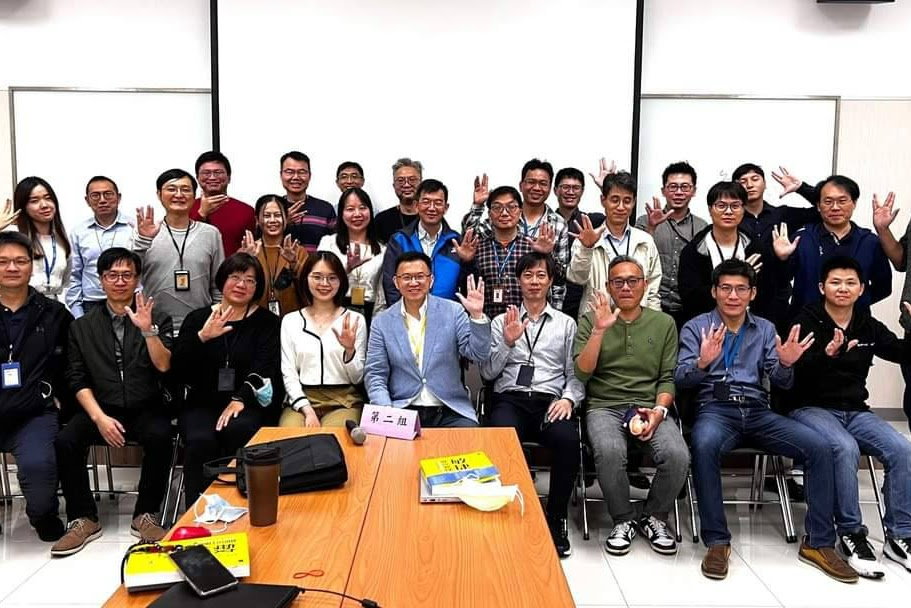
From Vision to Practice: Agile Workshop Driving Product Innovation and Team Transformation
As the workshop commenced, I observed the engineers’ calm and composed nature, enabling them to remain level-headed and respond with ease in high-pressure work environments. They quickly immersed themselves in the vision box activity, guided by the expertise of the facilitator. As their eyes filled with dreams and stories, other groups praised the prowess of WNC. This further fueled their passion for product vision. For instance, they named their companion robot design “Family,” a title that resonated with soon-to-be retirees, making them eager to purchase the product. Throughout the process, the team members collaborated and harnessed collective wisdom, determining the product’s core selling points, target demographics, and various stakeholders.
Next, using a stakeholder map, the participants identified key roles in the product development process. They successfully unearthed more potential key demographics, increasing the identification rate from 50% to 80%. During this process, the participants gained a deep appreciation for the practicality of stakeholder maps and the importance of understanding the perspectives of all stakeholders.
After mapping stakeholders, we moved on to the product backlog, where participants brainstormed user stories and prioritized them. They used techniques like the MoSCoW method (Must-have, Should-have, Could-have, and Won’t-have) to rank features by importance, aligning them with their product vision. This process allowed teams to focus on delivering high-priority features first, ensuring that the end product would meet customer expectations and provide value.
At the end of the workshop, the WNC employees came away with a deeper understanding of agile methodologies, practical tools, and techniques for implementing agile product management in their daily work. The teams were eager to apply their newfound knowledge to their product development process and capitalize on the competitive advantage that agile development offers.
Dr. Gao Jianrong, the CEO of WNC, expressed his gratitude for the insightful workshop and the knowledge shared. He acknowledged the value of agile methodologies and realized the potential benefits that these methods could bring to the organization. He stated that WNC would explore agile product management further and actively consider integrating these practices into their development process.
Overall, the Agile Workshop at WNC was a resounding success. The participants not only gained valuable knowledge about agile methodologies, but they also experienced first-hand the collaborative, fast-paced nature of agile product management. By embracing these techniques, WNC is poised to unlock new levels of innovation, efficiency, and competitiveness in an increasingly dynamic market.
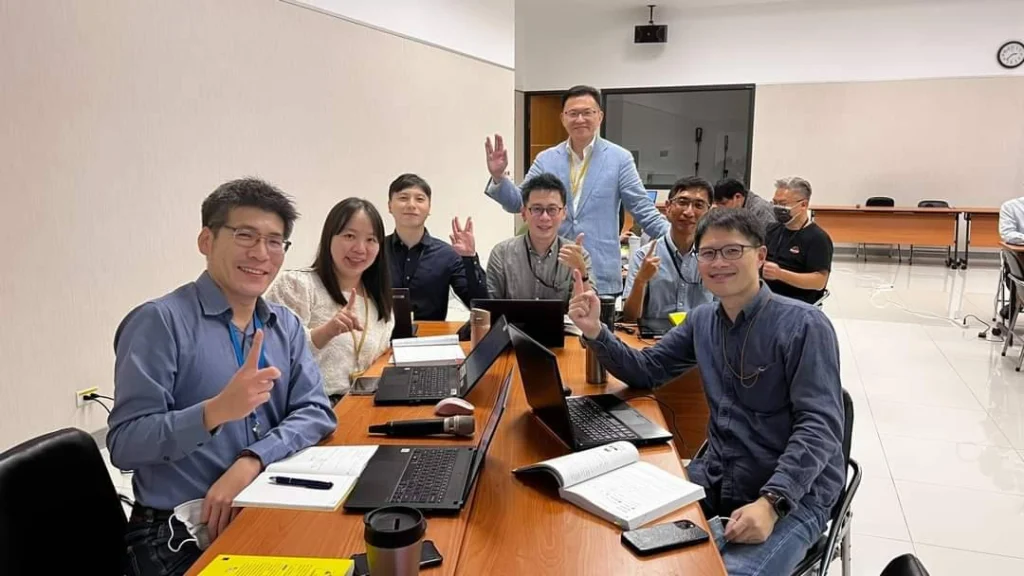
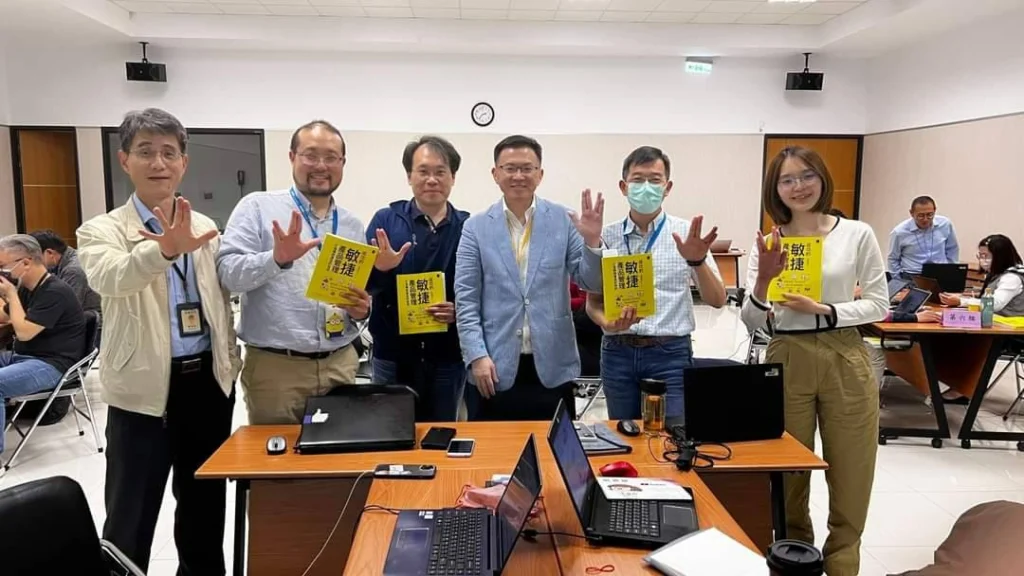
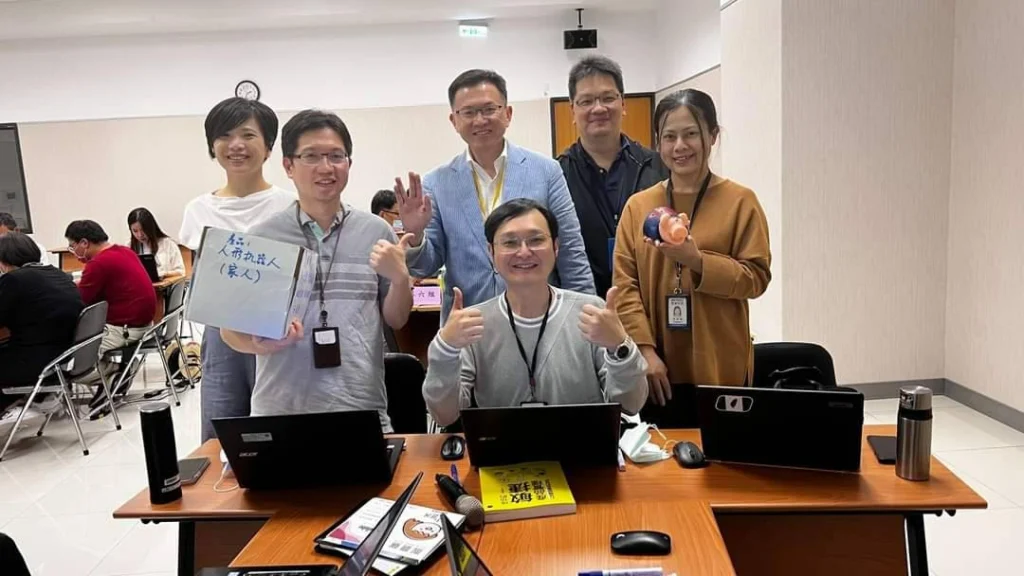
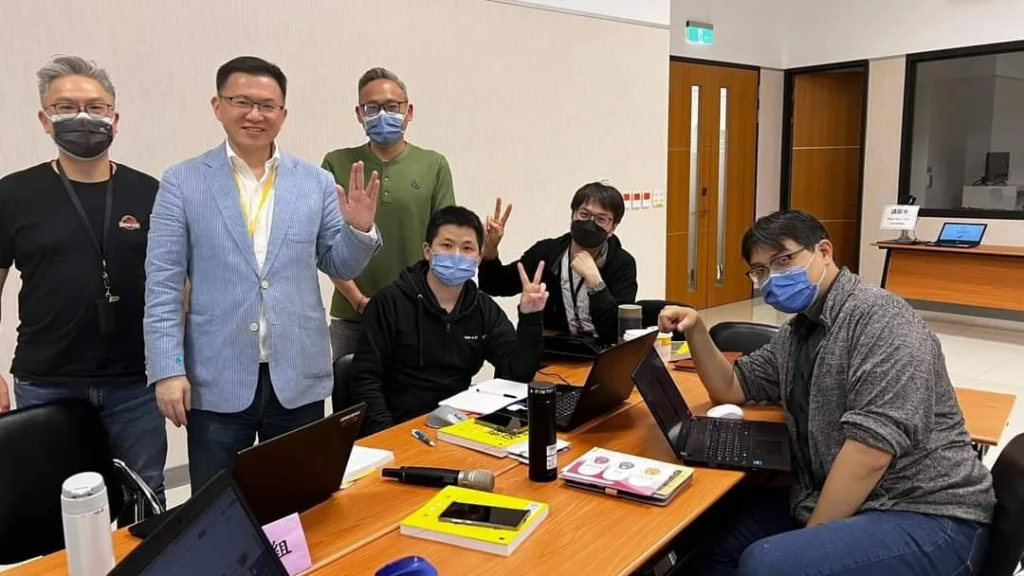
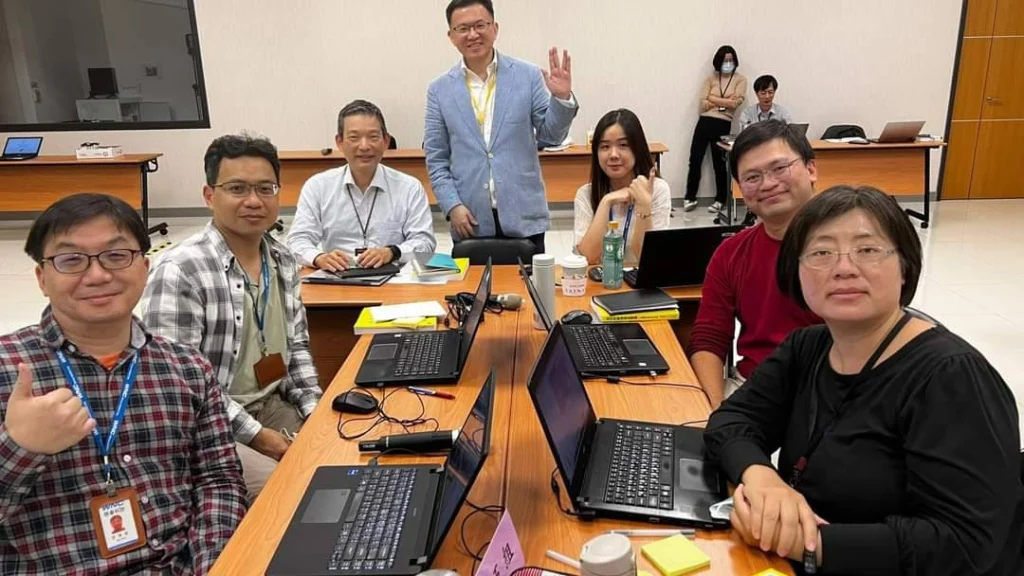
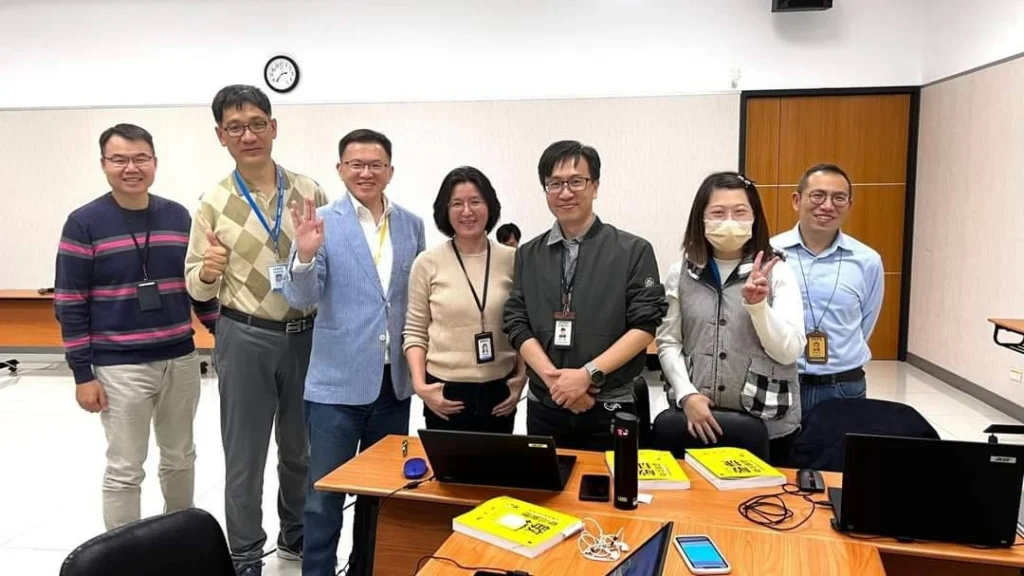
What did you gain from today’s class and how will you apply it in your future work?
Vincent:
Using stakeholder maps can help uncover more potential key groups that may affect the success or failure of a product. We should try to understand, explore, and manage these groups, not just focusing on the familiar groups in traditional projects. Agility should be used to parallelly develop methods and strategies, using tools like stakeholder maps and product maps. Once results are achieved, and if confident, seek feedback immediately to stay ahead, quickly correct team direction, spark customer interest, increase customer retention, and ultimately create a successful product.
PM Charles:
How to be agile? Strong tools, analytical methods, and prioritization are essential. When there are too many items on a list, it’s important to clarify priorities and gating. How to achieve this, clarify inefficient links, system tools, responsibilities, resources, and whether procedures are cumbersome or not?
How to balance the resource consumption brought by the agility advantage?
→ Efficiency, manpower, professionalism, and powerful tools that meet team needs all affect resource consumption levels, which in turn affect team efficiency.
→ Multi-tasking and working on multiple projects is normal for most businesses. Clarifying priorities is common sense, but is agility applicable to all projects or should it focus on some key projects? That’s a practical issue to be resolved.
Hsu:
1.The teacher is really impressive, with a class full of enthusiasm and professionalism.
2.WNC is full of talent. Those who were originally RD or TM were even better at sales when on stage.
3.I will try to apply the methods taught in class, such as stakeholder analysis, to actual project management.
4.Considering taking advanced PMP-related courses.
Dennis:
Takeaways: Understanding the role of a PO, the importance of vision, and the recognition and application of effective tools.
Application: Many time-saving and efficient methods can be introduced to the team, while also achieving complete results. I hope to gradually bring agile spirit into the team.
Jennifer:
I learned how to grasp the selling points of a product and effectively define target customers and stakeholders. This will help with product marketing and collaboration with customers in the future.
Charles:
Vision is a belief, and teamwork is about finding consensus.
Daniel:
Before any product development, we should gather opinions from different fields to provide advantage and disadvantage analysis. This allows every function to feel the product’s soul and show individual passion, reducing product development risk and creating outstanding products that align with company interests.
Kao:
1.Understand the key points and responsibilities of a PO role.
2.Understand the vision and elevator pitch presentation methods.
3.Stakeholder segmentation and comprehensive review.
4.Product roadmap planning and sorting.
I will use these key tools in future work for project execution and product planning.
Eddie:
Break down goals into smaller units and achieve stage objectives to stay alert, maintain communication with stakeholders, and ensure the project is completed and valued.
Aaron:
Agile product planning is achieved through collective effort, but due to different job roles and functions, although there is synergy, it is important to pay attention to whether it can converge.
Jimmy:
I can use this method for detailed planning, increasing depth and breadth while avoiding omission. This method should not be limited to products but can also be used for work objectives.
Ned:
The importance of shaping a vision and rallying a team, as well as creating a “product or feature” through brainstorming a product roadmap with a consensus and multiple perspectives.
PM Jimmy:
1.Quickly confirm and adjust goals – customer needs and project objectives.
2.Collect ideas and participate in agility – quickly reach a complete and multi-faceted consensus.
Lydia:Thank you, Roger, the content was really solid, and I learned a lot. If given the opportunity, I want to use the product roadmap/stakeholder analysis methods in group discussions. The sticky note tool is very useful, allowing everyone to participate and provide suggestions immediately.
Alvin:
Break down goals into small stages, take shortcuts, and strike at the heart of the matter.
Mike:
Use agile tools and content to cater to each customer’s products and needs, achieving high customer satisfaction.
MF:
1.Debunk the myth that hardware products are not suitable for Scrum.
2.Understand the basic spirit and structure of Scrum.
3.Learn how to create a product blueprint that is closer to customer needs.
Wayne:
1.Gather team wisdom and quickly set a product roadmap.
2.Use agile methods to consolidate team members’ ownership of products/projects/programs.
Fuji:
A product should have a vision, and this vision should be achievable.
Create milestone markers for achieving the vision through a Product Roadmap.
Petter:
Utilize digital platforms for team learning and interaction. In the future, internal meetings can use Miro.
Tim:
Identify influential people (PO) in projects and clarify their needs before project and product development.
Yang:
Team-based thinking of product implementation methods and goals, combined with evaluation tools and mutual questioning, increases project depth and effectively achieves comprehensive product planning considerations.
Stanley:
In the future, when developing products, understanding customer needs, or working with customers on RFP proposals, I can use these tools to brainstorm.